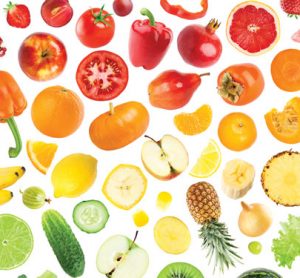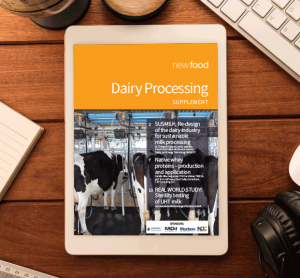Lies, damn lies and clean labels
22 February 2016 | By David Taylor, Senior Scientist, NoWFOOD Research Development Centre, University of Chester
Food fads are nothing new and the latest one is the rise of the minimally processed, free from additives, clean label food. Consumers are looking more and more at ingredients lists to decide if that product is something they want to eat. The problem is, are the claims misleading and…




























